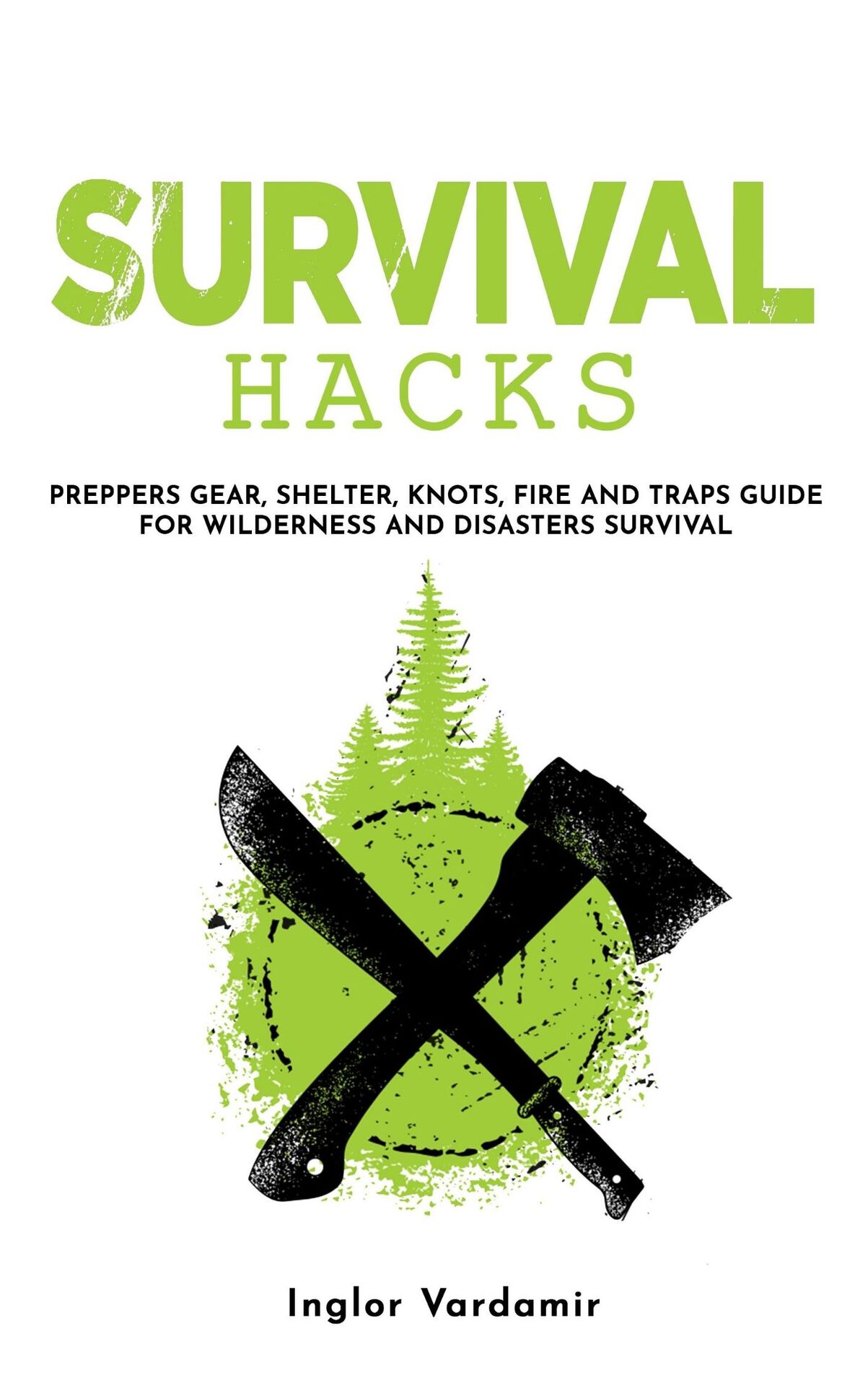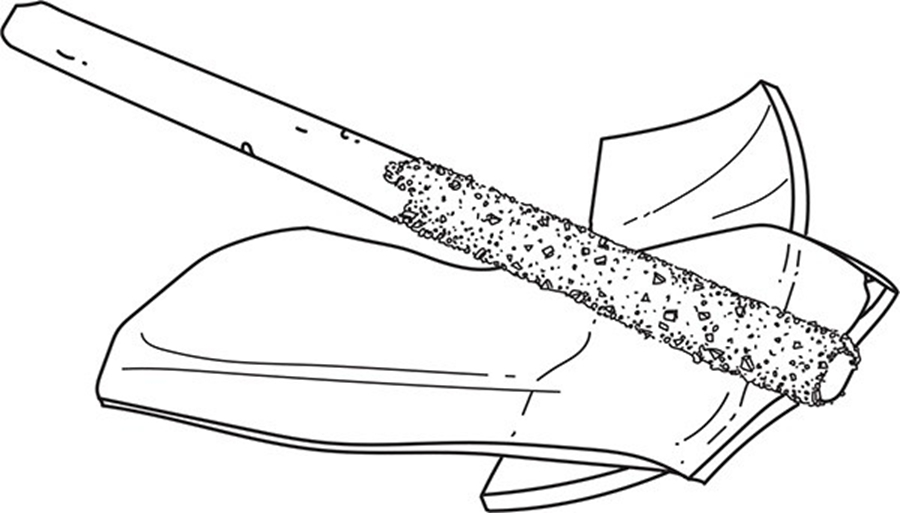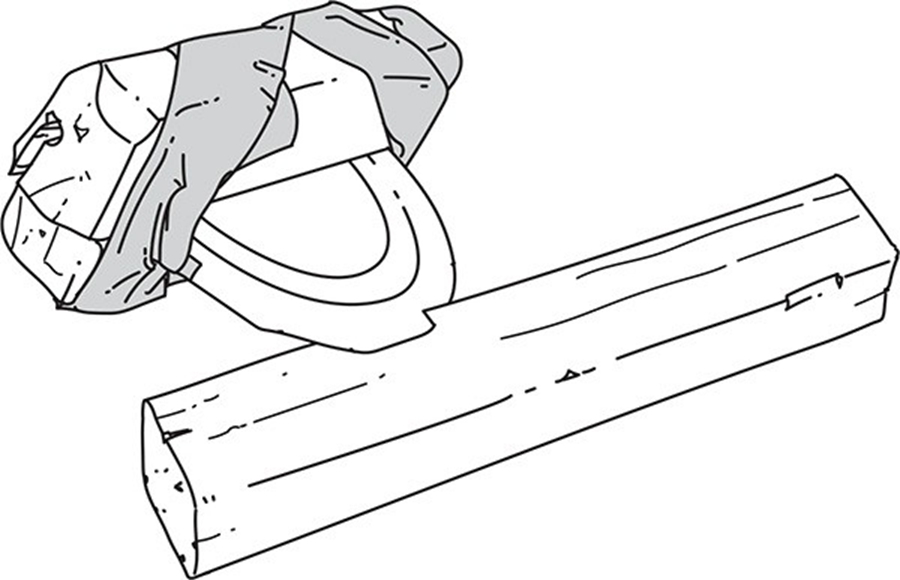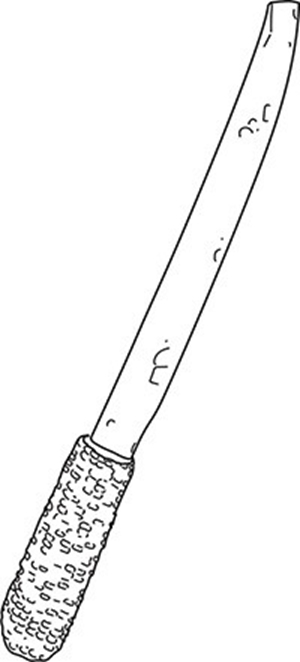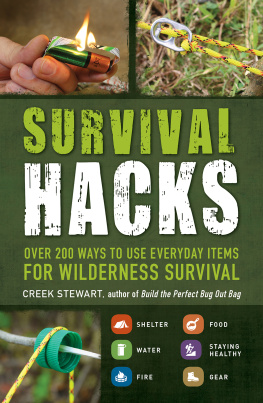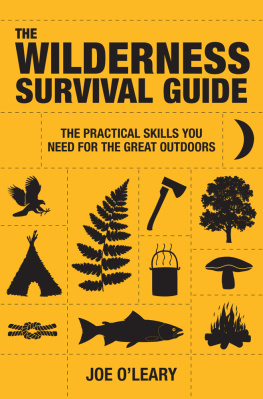Survival Hacks
Preppers gear, shelter, knots, fire and traps guide for wilderness and disasters survival
Inglor Vardamir
Copyright 2020 by Inglor Vardamir
All rights reserved.
This document is geared towards providing exact and reliable information with regards to the topic and issue covered. The publication is sold with the idea that the publisher is not required to render accounting, officially permitted, or otherwise, qualified services. If advice is necessary, legal or professional, a practiced individual in the profession should be ordered.
-From a Declaration of Principles which was accepted and approved equally by a Committee of the American Bar Association and a Committee of Publishers and Associations.
In no way is it legal to reproduce, duplicate, or transmit any part of this document in either electronic means or in printed format. Recording of this publication is strictly prohibited and any storage of this document is not allowed unless with written permission from the publisher. All rights reserved.
The information provided herein is stated to be truthful and consistent, in that any liability, in terms of inattention or otherwise, by any usage or abuse of any policies, processes, or directions contained within is the solitary and utter responsibility of the recipient reader. Under no circumstances will any legal responsibility or blame be held against the publisher for any reparation, damages, or monetary loss due to the information herein, either directly or indirectly.
Respective authors own all copyrights not held by the publisher.
The information herein is offered for informational purposes solely, and is universal as so. The presentation of the information is without contract or any type of guarantee assurance.
The trademarks that are used are without any consent, and the publication of the trademark is without permission or backing by the trademark owner. All trademarks and brands within this book are for clarifying purposes only and are the owned by the owners themselves, not affiliated with this document
Summary
Chapter One: Gear Hacks
Gear is an important tool for survival. Regardless of whether they are current, regular, or improvised from raw materials, gears can make survival conceivable. Indeed, even the primitive man used wide range of gears. From stone edges to plant-fiber cordage and earth pots, an assortment of improvised accessories made life in the wild easier as well as survivable.
This section describes how irregular materials can be used to create devices and gears which can be used to encourage survival. Gear is a conventional term used to depict compartments, cordage, blades, saws, and varieties of hand equipments. In specific cases, the absence of gear (or the powerlessness to ad lib it) can lead to demise.
Some would contend that keeping up with the maintenance the gear you possess is similar to rigging the gear itself. Therefore, you will likewise come across a segment on fixing and up keeping of the gears. In the case of supplanting a blade handle or waterproofing boots, these hacks help to guarantee the adequate and timely rigging process.
MAKING A GLASS FILE
I keep a record for regular instrument upkeep and honing. A glass file is one device which I cannot do without. This incredible tool which can be used on delicate metals, wood, and plastic can be made using a glass container and some epoxy. Start by pulverizing the glass bottle with a stone between few layers of texture. Attempt to pound it as fine as possible until it would seem as powdery as minuscule grains of sand. Next, filter out the entirety of the large pieces through a bit of screen work. Now, you should be left with glass "sand" of around a similar consistency. Apply a layer of epoxy to a perfect, dry stick or little record molded panel and press it into the glass dust and ensure that it is completely covered. When the epoxy has dried, your glass record is ready for use.
SOUP CAN LID ULU
An ulu is a blade generally used by the Inuit and Yupik people in the Arctic. The sickle molded sharp edge is explicit to this region. It is an edge blade created for performing major tasks in this locale and it is used for cleaning game (seals principally),cooking and working on caribou stows. The requirement for cutting and hacking is pointless due to the shortage of wood in this part of the world. You can design a strong ulu sharp edge from the tin top of a standard soup can. Overlap 13 of the cover to make a leveled and collapsed edge. Hone the uncovered adjusted edge on a smooth stone. This can be used without any addition. Then, lash it onto a split stick for a customary ulu-style hold, as seen in the chart.
AN AMAZING FILE HANDLE
This is a hack I learnt from my grandpa in Kentucky. As a youngster I used to adore scavenging through my grandpa's tobacco horse shelter. It was loaded up with large amounts of hand instruments that had stories to tell. I'll always remember my grandpa's enormous wooden carton of documents. He used these documents for honing tomahawks, cleavers, blades, and ranch gear. As opposed to extravagant wooden handles attached to the rodent side of the records, grandpa had pushed the documents into 5" segments of dried corncob and these were used to make the ideal document handle. The thick inward essence held the record solidly and the harsh cob enables a wonderful grasp, even with wet or sloppy hands.
Dried corncobs were used to make efficient handles for a wide range of gears including blades, documents, and fire pokers.
VIKING CLAMPS
One of the primary reasons I carry along a multipurpose tool as a part of my ordinary convey (EDC) is mainly for the pincers. I have come to the conclusion that there is not a viable replacement for pincers in the wild. This hack, in any case, is how the Vikings used simple gears in making some extremely shrewd clasps which were used as tight clamp holds when building pontoons. Its effortless making will surprise you.
Sandwich what you need to be held between two sheets. Again, tie a rope around the two sheets a couple of times from where they are meant to hold. Then, from the farthest edge of the holding end, drive another panel or wedge into the middle of the two sheets. The rope goes round at the pivot point, and the grasping end is constrained more tightly together as the far edges are wedged to become more expanded. Vikings used this procedure to make the frames of their huge wooden boats, and you can also use this as a stopgap bracing framework as a survival hack.
Tools and Gear Maintenance
DVD CASE KNIFE SHEATH
There's nothing more perilous than conveying a blade without a sheath. The material known as Kydexa thermoplastic that can be warmed and formed into practically any shape possibleis a well-known sheath material. Dark DVD cases can be used as a hack to improvise for Kydex material. These cases are produced using polypropylene and can be warmed and formed in a fundamentally similar manner. Start by cutting the front and back panel off the case. Warm the panel over a fire or toaster or on a stove for a couple of minute until it is malleable. When they become delicate, sandwich the blade amidst them and press immovably between the two collapsed towels (one at the top and the other at the base). Use a book to press the top towel, and do this on a hard surface, for example, a wooden floor. Finally, trim the excess around the sheath with a saw and drill openings for binding the sheath firmly along with paracord.

